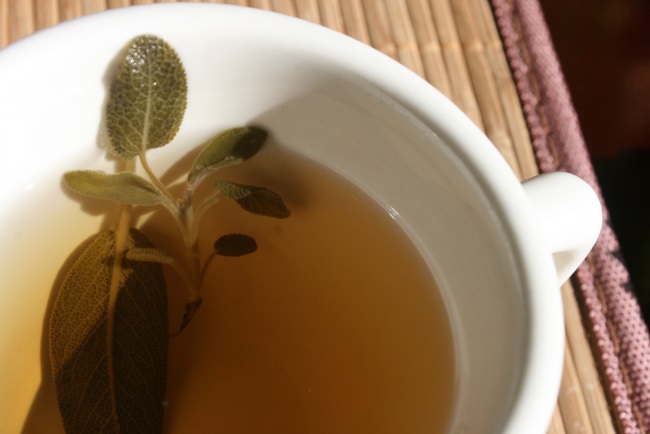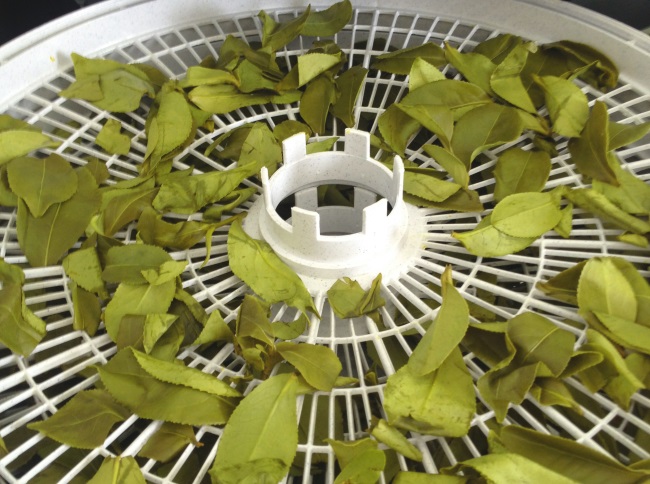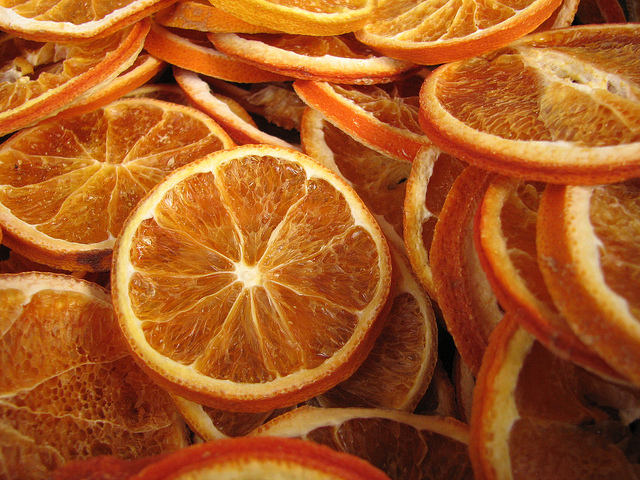
Fresh Tea Leaves
Now that I’m into my Teawrights internship full swing, I can’t get enough information about how the process of making one’s own tea actually works. Crafting something from scratch must bring many new feelings and a sense of accomplishment, but how does the end product turn out? What are the differences that can be tasted and seen in homemade tea? These questions drove me to get in touch with some Teawrights customers and learn straight from the source. My first interview actually brought me to the very first Teawrights customer: Shannon. You can read all about her tea-making experiences in our interview below!
Talia: How did you find out about Boston Teawrights and Tea Craft?
Shannon: I had never even considered making my own tea until I met Caleb (the Boston Teawrights founder) at a MassInno Foodie Event a while back, maybe a year or so ago. At that point, I was an established tea “snob” – buying loose tea at ridiculous prices at places that shall remain nameless – but I never thought to blend anything on my own. After I sampled Boston Teawrights, I went straight to the website and bought loose leaves. I will admit I still use loose tea, but nothing compares to making my own!
Talia: Please, tell me about an early, meaningful memory dealing with tea.
Shannon: When I was about 10, I had terrible insomnia for about 6 months. It was driving my parents nuts, because I would wake them up almost every night complaining about how I couldn’t sleep, or walk aimlessly around the house. Finally, my mom bought chamomile “Sleepy Time” tea for me – just the regular ol’ tea bags, I think Celestial Seasonings still makes them – and I finally got a good night’s sleep. I felt like such an adult, having my cup of tea at night. The smell of chamomile is still very comforting to me, any time of day.
Talia: I know you grow your own herb garden and use those in your tea, which is amazing, but for those people who don’t have herbs a step away, do you have any guidelines or advice for a flavorful tea?
Shannon: Well, you don’t have to grow herbs to get your hands on them – lots of online retailers sell dried herbs like mint, chamomile, etc, and you can use those to create teas without having to grow a garden. I also regularly dry out fruits and rinds for tea – think of how many times you’ve had orange tea, or tea with apple in it! You can dry fruits out, crush them up, and use them to make lovely tea mixes.

Sage Tea by Quinn Dombrowski (via Flickr)
Talia: How do you anticipate which herb and flavor combinations will pair well together?
Shannon: I love to cook, so I draw a lot from the flavor combos I like in food, especially in sweets/desserts. For example, you see lots of desserts today with lavender, which is paired with maybe honey or orange. That works great in tea, because you already know those taste combinations. I started seeing a lot of people using basil with fruits last season, so I made a strawberry-basil tea that is one of my favorites now. If fruit isn’t your thing, think of spice combinations you like, say, in pumpkin pie. Look up the ingredients and try adding the spices in small amounts to a tea mix. Cinnamon, nutmeg, cloves – your senses will recognize those familiar flavors and make tea-drinking almost a food-like experience!
Talia: What did it feel like to actually make tea at home?
Shannon: Amazing! And very therapeutic. It was fine to play around with even the most basic process, like drying and fermenting. Lots of folks used their ovens, but I’m telling you, if you’re going to make tea, get a dehydrator. Most ovens just don’t maintain a low enough temp to get uniform results.
Talia: What’s the best part about the process?
Shannon: Sharing it. It tends to take me a while to go through a batch because I’m the only one in my house that drinks tea. So I clean out spice jars when I’m done with them, fill them with tea mixes, and give them as gifts to friends and family. My favorite person to share with is my mother, because she’s very honest. She’ll tell me if it was too weak/strong, or too much of a certain ingredient was added, or if it was too chunky or too fine. The general reaction is good (because I think most people actually drink bad tea…), but I really appreciate the honest feedback.
Talia: What’s the hardest part about the process?
Shannon: Rolling. It hurts after a while, and it also stains your hands and any cloth you’re using (so make sure to use the same ones!). But Caleb is right in his tutorials – it’s a must to extract the true flavor.

Shannon’s Tea Leaves Dehydrating
Talia: How did you feel about your results?
Shannon: I felt… ok, at least about the first batch. I didn’t realize how much dry tea you actually needed to make a decent cup, so my first couple batches were weak because I simply wasn’t brewing enough of the leaves. I’ll admit, I was stingy because when you’ve spent hours preparing the leaves, you don’t want to waste them! But now I strengthen it with lots of herbs as well, so I’m starting to find a good balance that’s more like what we would consider to be “commercial” tea.
Talia: Did you try to mimic/reproduce a favorite tea or see where the process took you?
Shannon: I did not, actually, because my favorite tea is jasmine, and I honestly didn’t want to waste the jasmine if I messed up the first batch! So I just made regular black tea first, then I added chamomile and mint from my garden. If you grow herbs, you know mint is basically indestructible, so I figured it wasn’t a huge loss if it didn’t work out. When I figured out the right proportions, I expanded into other things like drying out fruit and rinds and adding additional spices and herbs.
Talia: How does crafting tea change how it tastes compared to other tea you’ve had?
Shannon: Well, as I mentioned, at first my tea was very weak. Then, when I added more leaves to a brew, it became kind of bitter; not as smooth as we would consider a bag of say, plain black tea to be. To counteract that, I add sweeter herbs and spices, and always raw honey. It’s not the same as anything you would buy in the store, but that’s one of the things I’ve come to love about making my own.
Talia: Has your crafting experience driven you to explore further into the process of making tea or the “story” of tea?
Shannon: Absolutely. I never like to waste anything that is edible or useable in some way. So when I’m prepping food now, I think “can I use this for tea”? Right now I’m dealing mostly with herbs and fruit, but there’s a whole world of savory tea I’m starting to discover. How neat is that?? The story of tea is what we make it, and the creativity is endless.
Discuss this post on our subreddit
Inspired to Craft Your Tea?
This interview inspire you? Try crafting tea yourself. You’ll want some fresh leaves. Click here to start
[related-posts]

Dried Oranges by Benjamin Esham (via Flickr)
